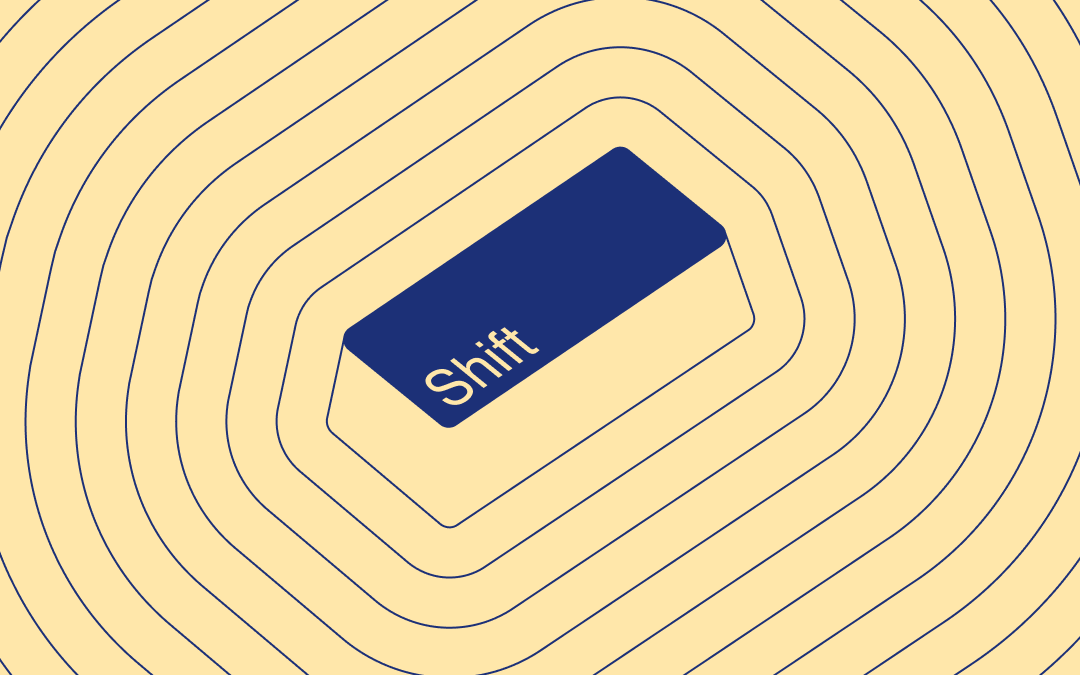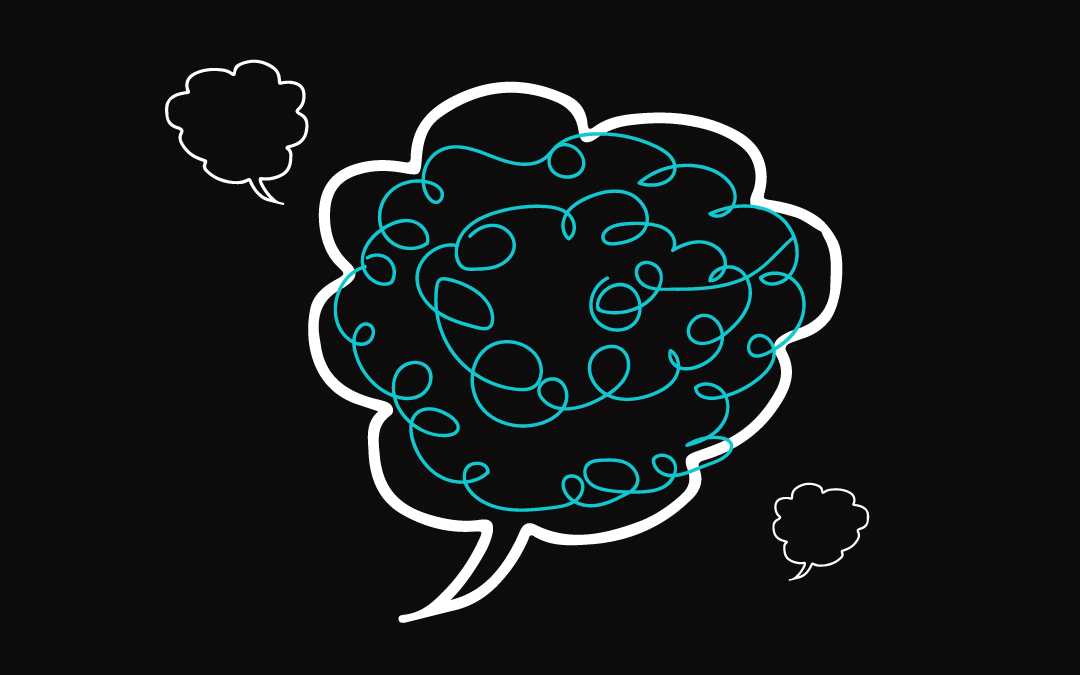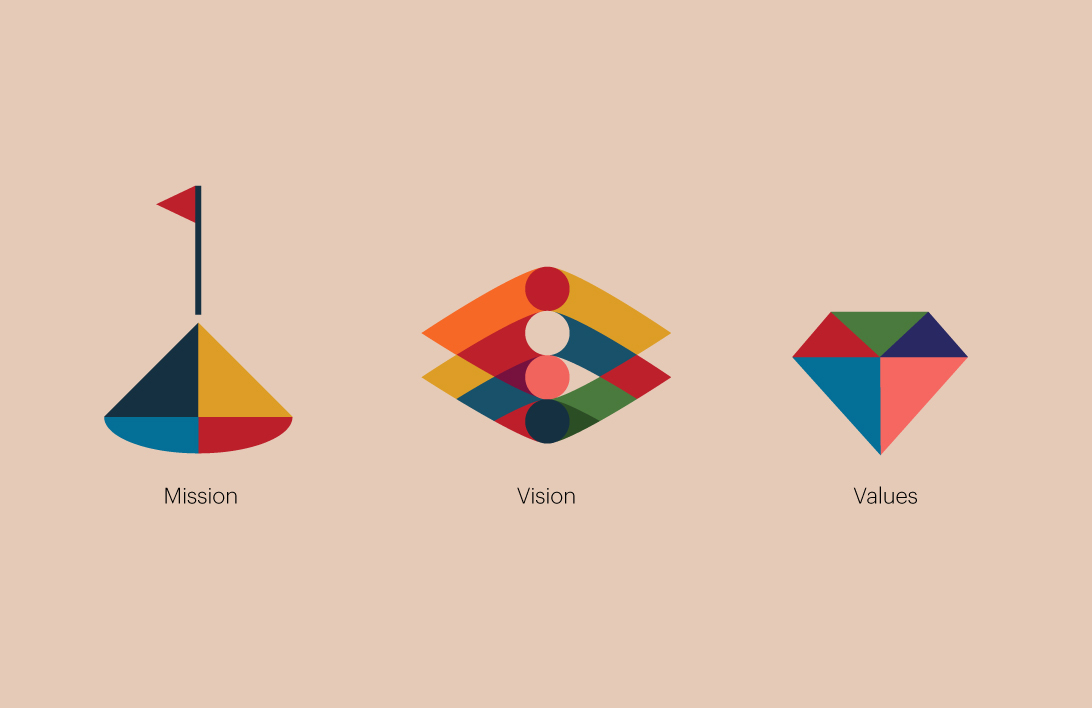Humans are hard-wired to resist change. You can’t achieve transformation simply by enforcing new systems or strategies. You have to move people—employees, customers, and leaders—toward something greater. Something they can feel and believe in.
That’s why Emotive Brand embraces emotion as an ultra-potent tool for driving change and growth at every level. And this isn’t a hunch. The data is clear: emotionally resonant brands deliver 306% greater customer lifetime value.
Emotion is more than just a fleeting feeling. It’s a life force. It’s the spark that drives decision-making and forges loyalty. It’s how employees evolve into passionate advocates, how customers become lifelong champions, and how ideas turn into movements that redefine industries.
Yet, for many leaders, emotion remains ethereal—untethered and unquantifiable–due to a lack of the emotion-based metrics that, finally, more and more companies are using to reshape and reimagine performance. It’s all too easy to fall back into the comfort of the status quo: familiar tools of logic, data, and process.
By pulling these familiar levers, you may sustain performance in the short term, but you’ll rarely–if ever–ignite transformation.
By contrast, when you add emotion to the change management process:
- Decisions resonate and inspire alignment.
- Cultures thrive, not just function.
- Brands forge deeper, longer-lasting connections.
We work with Visionary Reinventors—leaders who understand that emotion has the power to inspire action, build belief, and catalyze growth. Whether it’s redefining categories, aligning culture to accelerate ambition, or creating brands that matter, our mission is to amplify their impact by harnessing emotion.
True transformation is the outcome of bridging reason and passion, human and brand, in ways that resonate so deeply that people are moved to action.
If you’re ready to transform, we welcome you to read our guide, The Unstoppable Rise of Emotion, and discover how to leverage emotion as your most rational—and powerful—strategy. Download it today.













